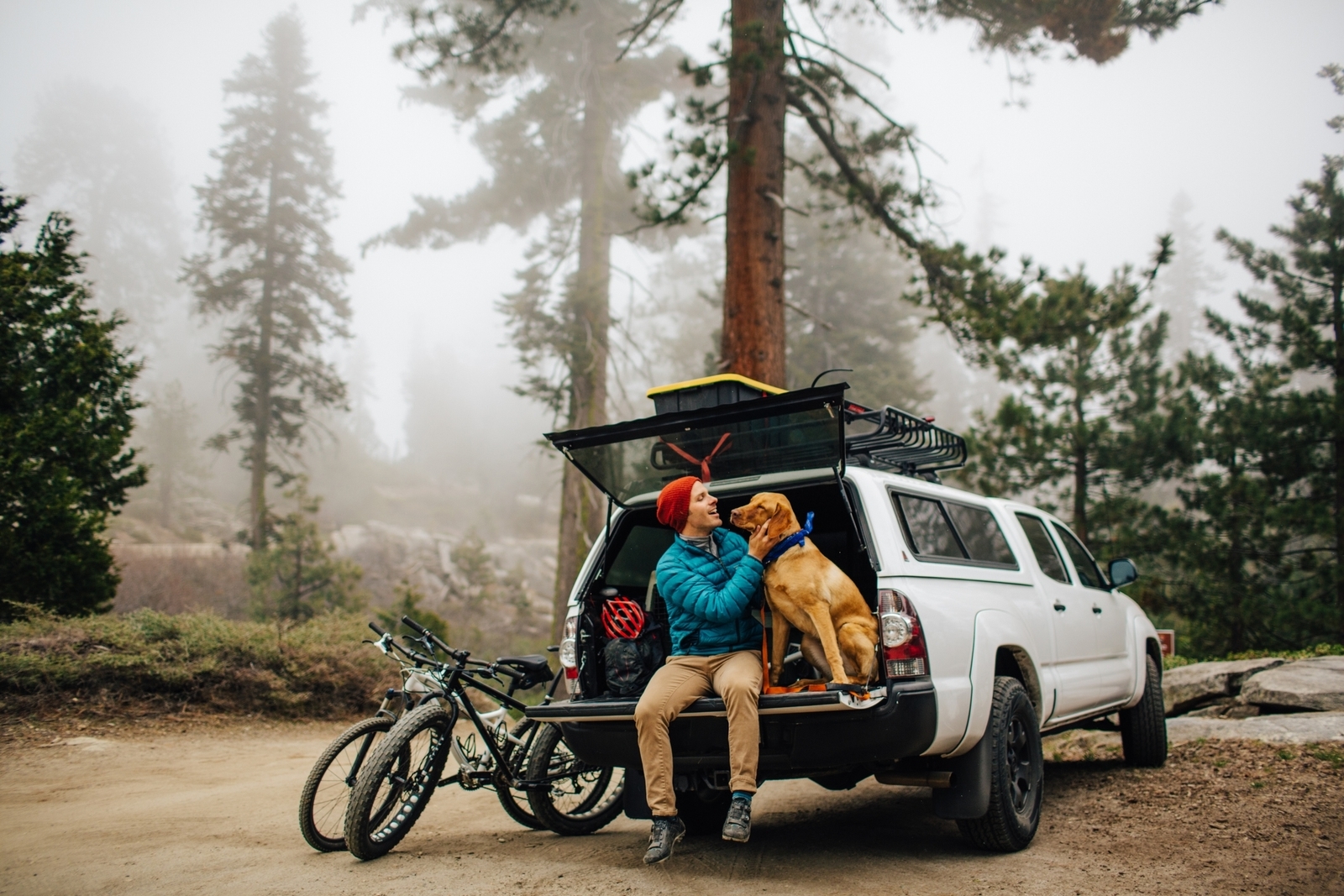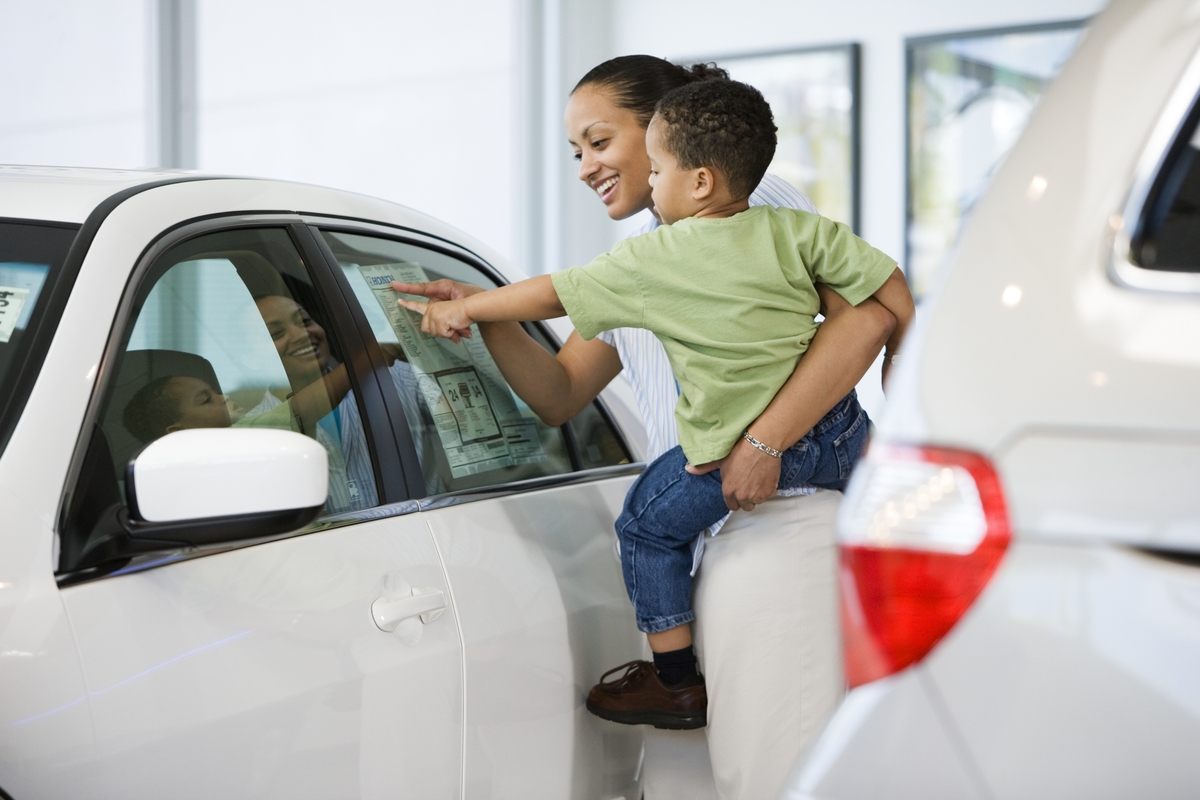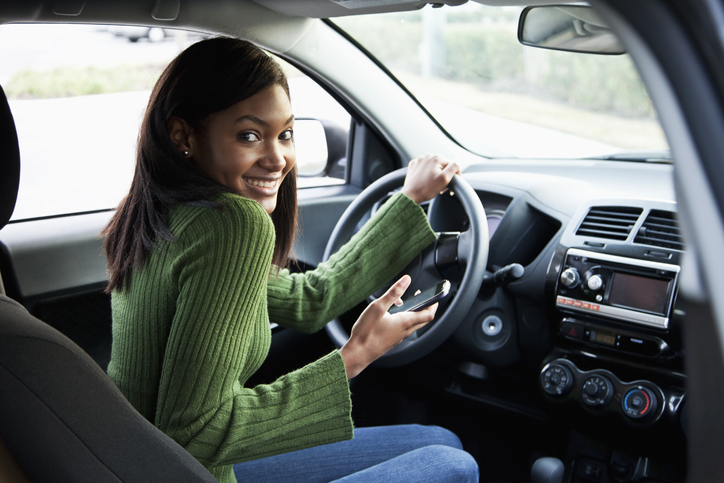Whether it’s a trip to the beach or just a stop at the dog park, driving with your pet as your co-pilot makes the car ride a whole lot more fun. But what happens if you get into an accident while your furry friend is with you?
While you may not want to even think about the idea of your pet getting hurt, accidents can happen to the best of drivers. If it’s a serious accident, the veterinary bills could quickly get expensive. So, can dogs get insurance to help with those bills?
You might not be aware of this, but your car insurance policy could include coverage for your pet, depending on your insurer.
Does Auto Insurance Cover Pets?
Some companies — like Chubb, Erie, Metromile, and Progressive — include auto insurance pet coverage as part of your comprehensive and/or collision policy, which can help cover damages after an accident. This pet injury coverage pays for veterinary bills up to a certain limit. However, it might be limited to dogs and cats, depending on your insurer.
Other car insurance companies, like Geico and Allstate, do not automatically include pet coverage as part of your auto policy and instead offer separate pet health insurance. For example, Geico pet insurance can help cover your pet in the event of an accident, sudden illness, and more.
“Your auto insurance policy could cover your pets, but it is not the same as pet insurance,” says Rick Chen, a spokesperson for Metromile based in San Francisco. “Pet injury protection covers pets only in an auto accident or other covered claim.”
If you’re a dog owner, make sure you find out whether an auto insurer covers your pet before you purchase a policy or separate pet health insurance.
Does pet insurance cover injuries from car accidents?
Pet insurance generally helps cover the costs of diagnostic tests and treatment if your pet is injured or develops health issues. That includes injuries from accidents.
Though buying pet health insurance is an extra cost, the coverage you get will be more expansive than what’s typically included in your auto insurance policy. For example, pet medical insurance can also cover diseases and chronic conditions. Allstate’s and State Farm’s coverage, in particular, includes surgeries, hospitalizations, and medications.
What Happens If Your Pet Is in the Car and Injured During an Accident?
When your pet sustains an injury from a car accident, who’s at fault for the collision will matter when it’s time to file an insurance claim.
If you’re determined at fault
As the at-fault driver, you can file a claim under your collision and/or comprehensive insurance — as long as your policy includes pet coverage. If pets aren’t explicitly mentioned under your insurance coverage and you haven’t purchased separate pet insurance, then you’ll likely have to pay out of pocket for the vet bills.
If you’re determined not at fault
When the other driver is at fault, then their insurance coverage may extend to your pet’s injuries as part of the “property damage” caused by the accident. It might seem outrageous to think of your dog as property — Fido is a member of the family, after all — but this classification means that the at-fault driver’s insurance company could pay to fix up your pet’s medical bills.
“Generally, the other person’s liability coverage would help pay, so you may want to file a claim with their insurance company,” Chen says.
Best Auto Insurance Companies With Pet Coverage
Here’s a look at several insurers that allow you to include pet coverage as part of your comprehensive and/or collision insurance policies. As you compare auto insurance providers and consider what is included in pet insurance, be sure to pay attention to each policy’s limits, which tell you how much the insurance company will pay if your pet gets hurt.
Chubb
If your pet is injured or killed in a car accident, Chubb will take care of the costs to treat, board, or replace the animal, with a $2,000 limit to its pet injury coverage.
Good to know: Pet owners should be aware that this coverage isn’t available in all states.
Erie Insurance
Erie will cover vet bills of up to $500 per animal (with a total limit of $1,000) if your pet is injured or killed while riding in the car.
Good to know: Erie’s coverage is only available in Washington, D.C., and 12 states: Illinois, Indiana, Kentucky, Maryland, New York, North Carolina, Ohio, Pennsylvania, Tennessee, Virginia, West Virginia, and Wisconsin.
Metromile
Under Metromile policies with comprehensive and collision coverage, pet injury protection is included at no extra cost in every state except Illinois and Virginia. If your dog or cat is injured or killed in a covered claim, the company will pay up to $1,000.
Good to know: Metromile pet injury protection coverage provides compensation with no deductible, which means you won’t have to pay out of pocket for a claim under $1,000.
Progressive
Progressive’s pet injury coverage, which is included with collision insurance, will help take care of vet bills if your dog or cat is injured or killed in an accident. The maximum payout is $1,000 per loss, not per animal — meaning that’s the most you’ll be compensated even if more than one pet was injured.
Good to know: Progressive offers separate pet insurance with different types of plans that can cover illnesses and routine care. The policy’s deductible, reimbursement percentage, and annual limit are customizable, so it may be worth spending more on an additional Progressive pet insurance policy if you want additional coverage for your dog.
What To Do After a Car Accident — and Your Pet Is Hurt
Any accident can be stressful enough, but a collision that injures your beloved pet adds another layer of pressure to the situation. In the event that your dog is hurt in a crash, remember to do the following:
- Record the damage. “Document the accident by taking photos of your pet in addition to any damage to your car,” Chen says. “It can also help to ask witnesses for their contact information and what they saw. When filing a claim, you want to provide the insurance company with as much information as you can.”
- Exchange information with the other driver(s). It’s important to get contact information and insurance details from the other party — especially if your pet was injured. Taking photos of their driver’s license, insurance ID card, and car registration can help ensure that you have everything you need to file a claim.
- File an accident report. An official account of the collision is necessary when you’re planning to submit an insurance claim. If the police or highway patrol didn’t come to the scene, you can file an accident report with the local police station.
- Take your pet to the vet. Your dog can’t tell you exactly what’s wrong or how severely it has been hurt, so getting a professional checkup helps you make sure that you haven’t missed any of your pet’s injuries. “Save the receipts, as you’ll need them when you file your insurance claim,” Chen says.
- Reach out to your insurer. Contact your insurance company and report the accident as well as any injuries your pet has sustained. Many insurers have apps that allow you to file a claim and track its status.
For a full guide on what to do after a car accident, check out our article on how to file an insurance claim.
8 Safety Tips for Driving With Your Pet
While it can be tempting to let your dog ride in the car with the freedom of any human passenger, there are some measures you should take to help keep your pet safe:
- Consider your pet’s personality. “Understand how your pet behaves in the car,” Chen says. “Some pets may get easily excited or frightened as passengers, so you may want to keep them in a special pet seat or seat belt or carrier. You don’t want to be surprised when they move around in your car or on your lap.”
- Keep your eyes on the road. Fido may be the cutest dog ever, but safety comes first when you’re behind the wheel. “Don’t drive distracted,” Chen says. “When driving, you need to keep focused the entire time. Don’t pet or feed your cat or dog, even when stopped.”
- Don’t let your pet sit in the front seat. Even if your pooch is your partner in crime, make sure it’s not riding shotgun. Air bags can seriously injure or even kill pets when they inflate in an accident.
- Use a crate or pet carrier. They can be installed permanently or secured in place with a seat belt, according to Joe Nutkins, a Kennel Club-accredited dog trainer and director at Dog Training For Essex and Suffolk in the U.K. “My own dog crates are held in place in my van behind the front seats so they can’t slide about,” Nutkins says.
- Buckle up. If you wouldn’t let a human passenger ride in the car without fastening their seat belt, then you should make sure your dog has one, too. Nutkins says you can get pet harnesses that attach to a seat belt.
- No heads out the window! Despite the classic image of a happy dog riding in the car with its head out the window and ears flapping in the wind, it’s not safe. In the event of an accident, your pet could suffer a serious head or neck injury.
- Stash toys or treats in the car. A great way to keep your pet quiet is to make sure it’s occupied. A tasty treat or favorite toy can help your pet relax for the duration of the drive.
- Make sure your pet has ID. Nutkins says it’s important that your pet has some form of identification on its body in case it manages to escape your vehicle after an accident. You can order an engraved tag for your pet’s collar or get your pet microchipped as a permanent form of ID.
The Bottom Line
We hope that you stay accident-free while your pet is in the car with you; however, anything can happen. In the event of a collision, your auto insurance company might offer pet injury coverage, but it’s likely going to be limited. If you drive with your dog in the car frequently, then buying separate pet health insurance could give you greater peace of mind. Should an accident happen, you’ll be able to get your pet the care it needs without worrying as much about whether you can afford the bill.



